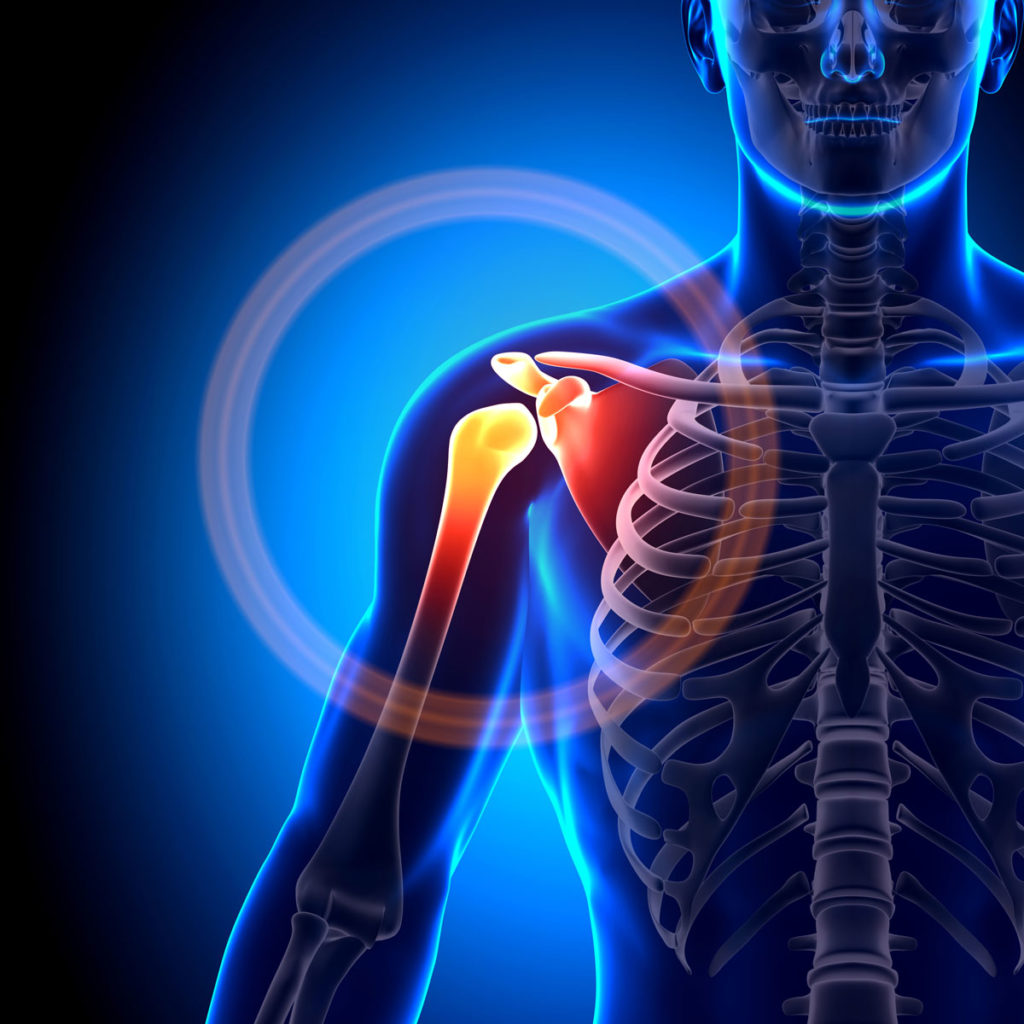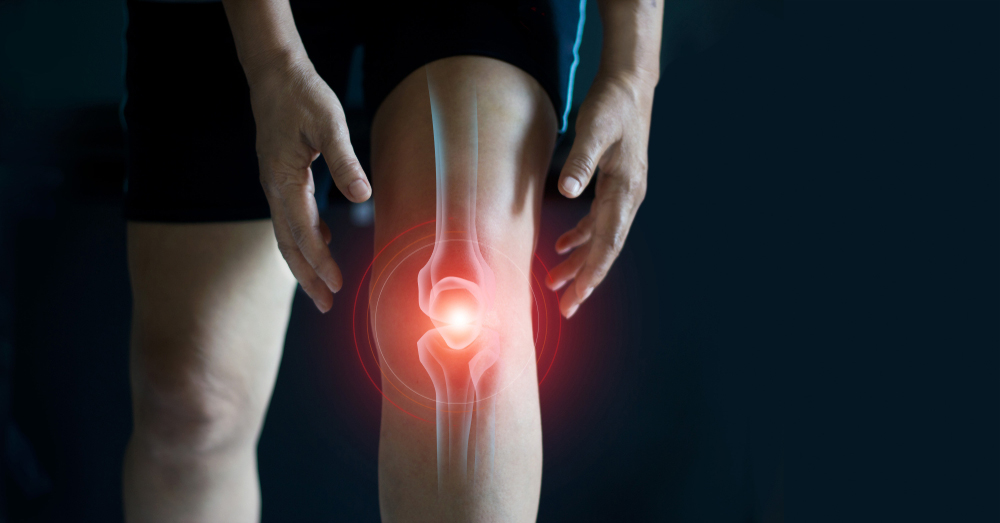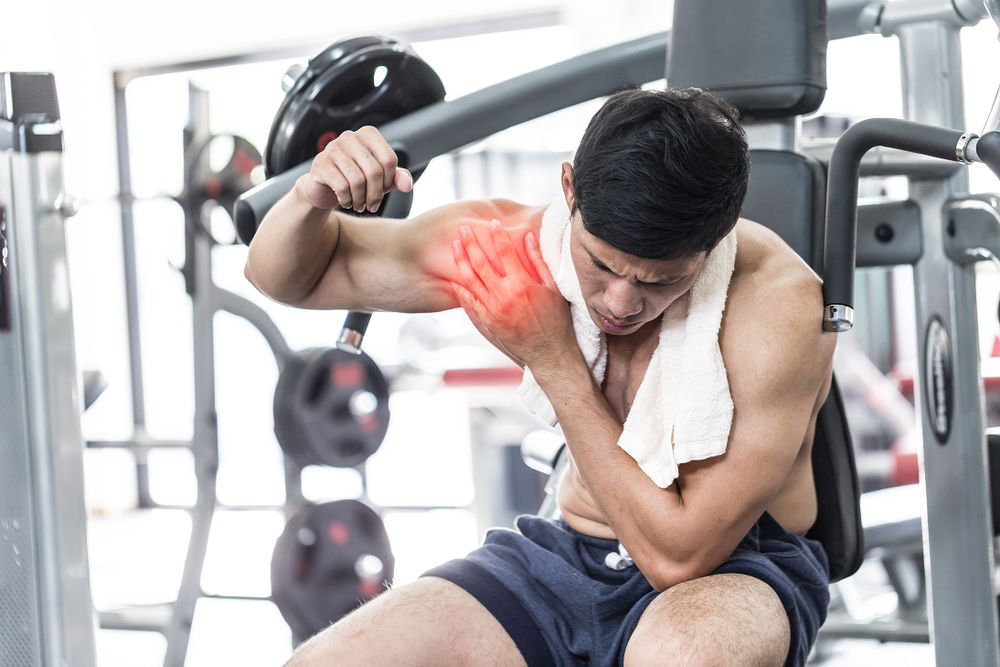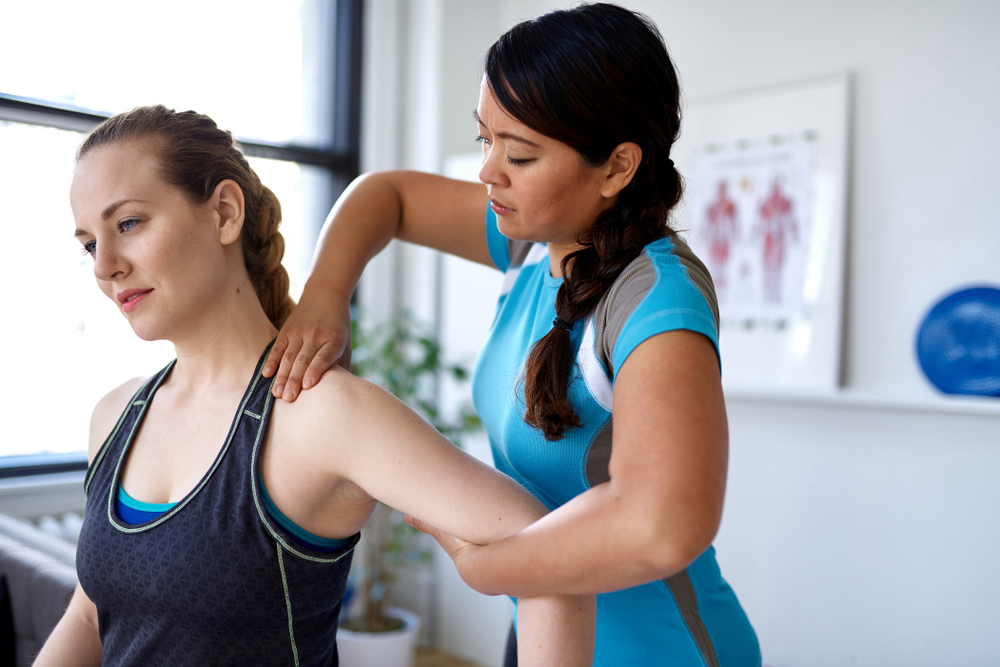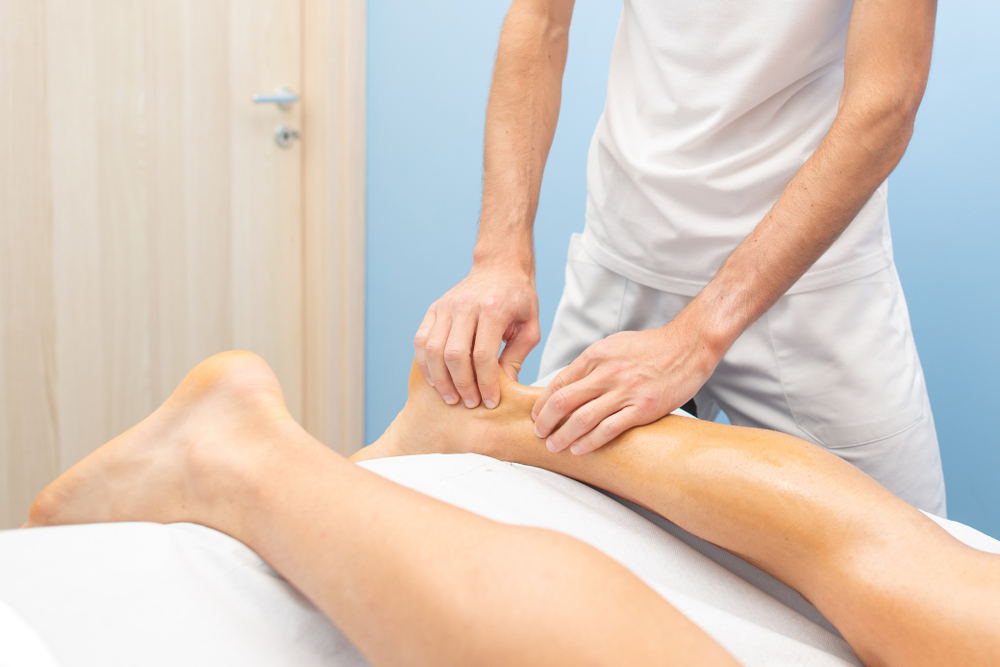The joint system is a complex that allows bones to be linked together to allow proper movement of the body.It is therefore necessary to take care of it.The body is made up of several joints, however, there is one that requires greater attention than the others because it is often subject to injury: the shoulder.
Understanding the shoulder joint system
The joint at the shoulder is defined as a joint complex because in order to function properly, 5 joints come into play.The synergy of these 5 elements ensures various arm movements.Very wide conical movements, arm lifts and circular movements are possible with a good shoulder.
In order to ensure the role of the arms, the 5 joints that make up the shoulder are:
- the Glenohumeral links the trunk to the upper limb and unites the humeral head to the glenoid cavity of the scapula.
- the Scapulo-thoracic connects the scapula with the rib cage
- the Acromioclavicular connects the acromion of the scapula with the clavicle
- the Sterno-costo-clavicular connects the sternum with the clavicle and the 1st rib
- the Subdeltoid: connection between the humeral head and the acromion of the scapula
Because of this composition, which is not lesser, the articular system of the shoulder is very complex, fragile and unstable.This is why taking care of it is essential.
The shoulder joint is very fragile, because its functioning requires the combination of many bone and muscle segments.These elements, each with their own role, must work together to allow the movement of the arms.These muscles include:
- the effector muscles which ensure the movements of the bone segments,
- the fixator muscles which hold the bone during the gestures and movements of the shoulder and the arms
- the adjusting muscles allow the alignment of the humeral head to the glenoid cavity.
These different types of muscles do not have a predefined role, but depending on the intensity of the movements they change from fixators to effectors.It is in this transition that the fragile nature of the shoulder joint lies.Tendons and ligament bundles that reduce the space in which the joint moves, excessive friction at the acromion of the scapula and the head of the humerus, false movements and carrying heavy objects can easily damage the shoulder joint.
Sensitive parts of the shoulder joint system
In the glenohumeral joint, instability is very present.This is due to the size of the head of the humerus in relation to the glenoid cavity.Indeed, to ensure arm movements, these two bones must come into contact and the arm bone must even slide over the socket.Thus, in order to guarantee the movement of the humerus while ensuring the alignment of its head, the muscles which play the role of adjusters must intervene.Several muscles in the form of tentacles cover the humeral head to maintain contact with the glenoid cavity: this is the cuff.
This cuff system must also be well maintained, because if it is misused it can break.Even if the shoulder muscles are strong thanks to basic and classic exercises, but the cuff is fragile, a rupture can still occur.It is therefore best to rely on regular exercises and internal and external rotation of the humerus that can strengthen the system.A rupture of this system remains negative, as it is not easy and even irreversible to recover it with surgical means.
Another problem can also occur when the humeral centring is not assured, due to an imbalance between the deltoid muscles and the fascicles: bone erosion.This is caused by irregular friction between the two bones and leads to the dissipation of the cartilage.This is followed by calcification of the bone and ends with the appearance of osteoarthritis.During your weight training sessions, remember to warm up and train your shoulders intelligently and gently.
Some tips to keep a better shoulder joint system
From the perspective of keeping the shoulder joint healthy, it is not necessary to rely on loads to work the shoulders.This requires a great deal of control over the load as well as the amplitudes, postures, trajectories and speed of execution.Without perfect control, accidents can occur causing the bones of the shoulder joint system to fail.The fact is that the contact surfaces between the different bone segments are not at all solid, so putting even a small load on the shoulders only results in uneven friction.
You can benefit from the positive and constructive effects of shoulder exercises.However, you should avoid exercises that are not adapted to your body and cause many injuries and pathologies.There are various exercises that should be avoided if you want to prevent damage to your shoulders.These include the free barbell neck press, the guided barbell neck press and the high back pulley neck press.
These workouts can be beneficial for the development of your muscle mass, however, it will be your joints especially in your shoulders that will suffer.
The practice of the bar behind the neck requires a great flexibility and mobility of the joints, but if you are not very flexible, you will tend to adopt an abnormal camber of the cervical rachis in order to pass the bar behind the head.It is this repeated technique that ensures that your shoulder joint wears out quickly.
It is preferable to train with dumbbells that allow for a lift without trajectory constraints.It is natural, beneficial for the muscles and your shoulders will not suffer.
If you have to do a high pulley vertical pull for your back, it is not recommended to pull the bar behind your head.Choose a front pull, because the results will be the same, your shoulders are not attacked and you avoid neck stress.
Athletes or bodybuilding enthusiasts, think about your future.Keep in mind that good habits that do not attack your shoulder joints guarantee a continuity of your training and an increase in your performance.Otherwise, in case of trauma or pathology, you will not be able to do any more training.Meditate on the fact that your past and present mistakes will present themselves as pain in the future.

